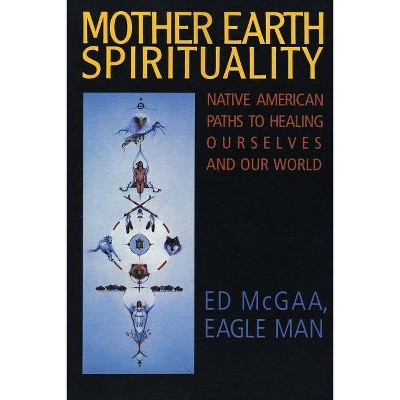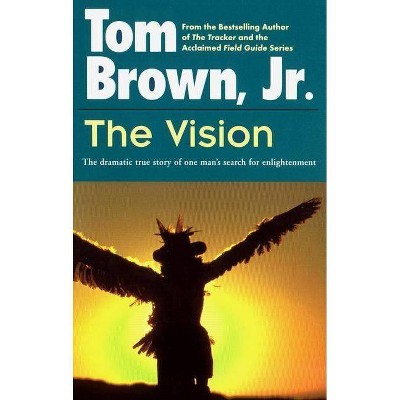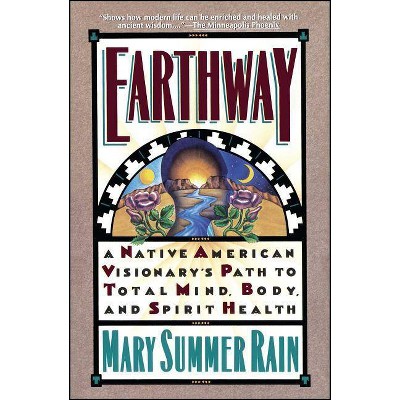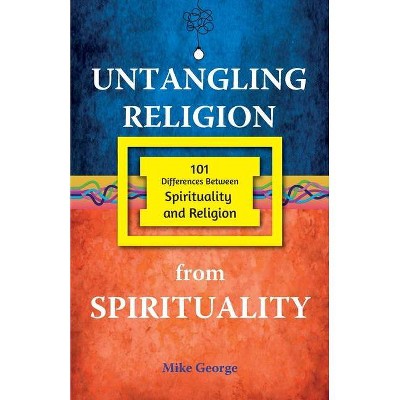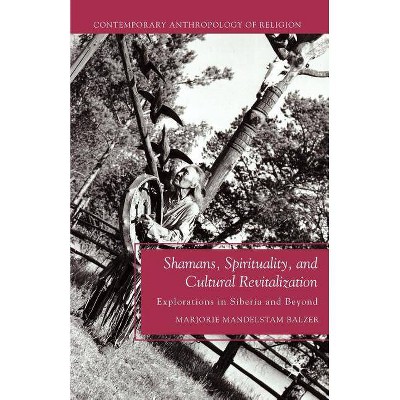Anime, Religion and Spirituality - by Buljan & Cusack (Paperback)
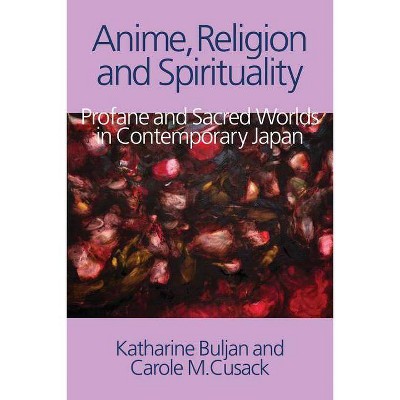
Similar Products
Products of same category from the store
AllProduct info
<p/><br></br><p><b> About the Book </b></p></br></br>The mutual imbrication of the profane and sacred worlds in anime, along with the profound reciprocal relationship between 'Eastern' (Japanese) and 'Western' (chiefly American) culture in the development of the anime artistic form, form the twin narrative arcs of the book.<p/><br></br><p><b> Book Synopsis </b></p></br></br><p>Barely a century has passed since anime (Japanese animation) was first screened to a Western audience. Over time the number of anime genres and generic hybrids have significantly grown. These have been influenced and inspired by various historical and cultural phenomena, one of which, Japanese native religion and spirituality, this book argues is an important and dominant although Buddhism, Christianity and a range of mythologies also feature. There have always been anime lovers in the West, but today that number is growing exponentially, with numerous anime clubs, festivals and related events been organised the world over. This is intriguing as many Japanese anime directors and studios initially created works that were not aimed at a Western audience at all. A passion for anime has led some fans, or <em>aficionados</em> as they are referred to in this book, to make personal translations of anime, to don the costume of beloved characters, and to undertake anime 'pilgrimages'.</p><p>The mutual imbrication of the profane and sacred worlds in anime, along with the profound reciprocal relationship between 'Eastern' (Japanese) and 'Western' (chiefly American) culture in the development of the anime artistic form, form the twin narrative arcs of the book. One of the most significant contributions of this book is the analysis of the employment of spiritual and religious motifs by directors. The reception of this content by fans is also examined. The appeal of anime to aficionados is, broadly speaking, the appeal of the spiritual in a post-religious world, in which personal identity and meaning in life may be crafted from popular cultural texts which offer an immersive and enchanting experience that, for many in the modern world, is more thrilling and authentic than 'real life'. In the past, religions posited that after human existence on earth had ceased, the individual soul would be reincarnated again, or perhaps would reside in heaven. In the early twenty-first century, spiritual seekers still desire a life beyond that of everyday reality ardently, and just as passionately believe in the existence of other worlds and the afterlife. However, the other worlds are the fantasy landscapes and outer space settings of anime (and other popular cultural forms), and the afterlife of digital circuitry and the electronic impulses of the Internet. These important new understandings of religion and the spiritual underpin anime's status as a major site of new religious and spiritual inspiration in the West, and indeed, the world.</p><p>This study is a timely publication, both as a resource for anime fans new and existing, young and old, who desire to know more about the religion and mythology of Japan and how it informs anime (and manga), and as a worthy addition to the small but growing academic literature on the topic.</p><p/><br></br><p><b> Review Quotes </b></p></br></br><br><p><em>An insightful piece of research that addresses the complexity of the proposed topic from a useful historical and transcultural perspective. This is recommended reading for those interested in both Japanese animation and a heterodox approach to religious studies.</em><br /> <strong>Reading Religion</strong><br /> <br /> <em>The book is a good concise survey of anime in Japan and beyond, and it definitely encourages us to take such popular culture works seriously and to question the supposed barrier between serious 'otherworldly' culture like 'religion' and everyday, even superficially frivolous productions like still and animated cartoons. Religion, anthropologists understand, does not only dwell in churches or other official religious spaces, and there are no sharp and impermeable lines between the various domains of culture.</em><br /> <strong>Anthropology Review Database</strong><br /> <br /> <em>Opens the door for scholars interested in the connections between religion and anime, and helps to define the field of religion and popular culture to consider elements of popular culture once dismissed.</em><br /> <strong>BASR Bulletin</strong><br /> <br /> <em>This is a very good book that explores an enormous number of anime and provides a useful overview of how anime's fun-filled fantasy format appeals to modern sensibilities. I have test-marketed this book in my courses on Japanese religious life, and found it both accessible and interesting reading for undergraduates.</em><br /> <strong>Religious Studies Review</strong><br /> <br /> <em>The book opens the door for scholars who are interested in the connections between spiritual and religious traditions and the development of anime and manga in Japan. The reader can gain a greater understanding of how the verisimilitude of religion and fictive worlds helps to create temporary or lasting perceptions of reality with associated beliefs and practices among audiences.<br /> <strong>Religion and the Arts</strong></em></p><br><p/><br></br><p><b> About the Author </b></p></br></br>Katharine Buljan was awarded a PhD from the University of Sydney in 2007 and is a scholar and visual artist/animator. Carole M. Cusack is Professor of Religious Studies at the University of Sydney. She is the author and editor of numerous books and the editor of The International Journal for the Study of New Religions.
Price History
Price Archive shows prices from various stores, lets you see history and find the cheapest. There is no actual sale on the website. For all support, inquiry and suggestion messagescommunication@pricearchive.us
